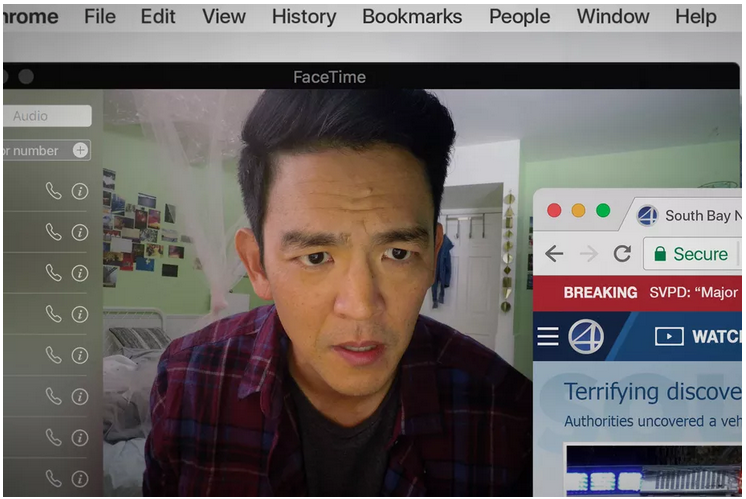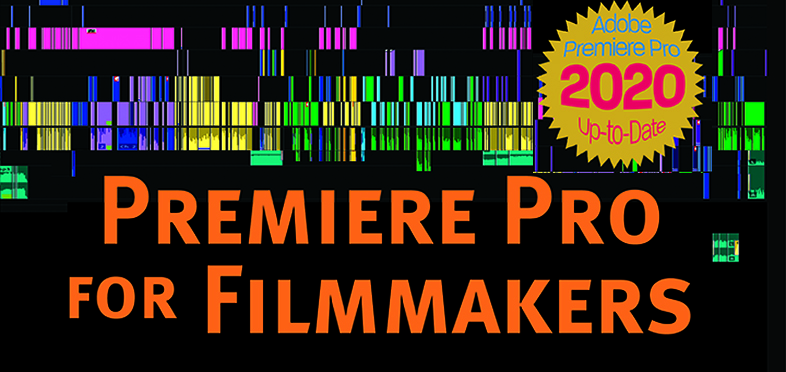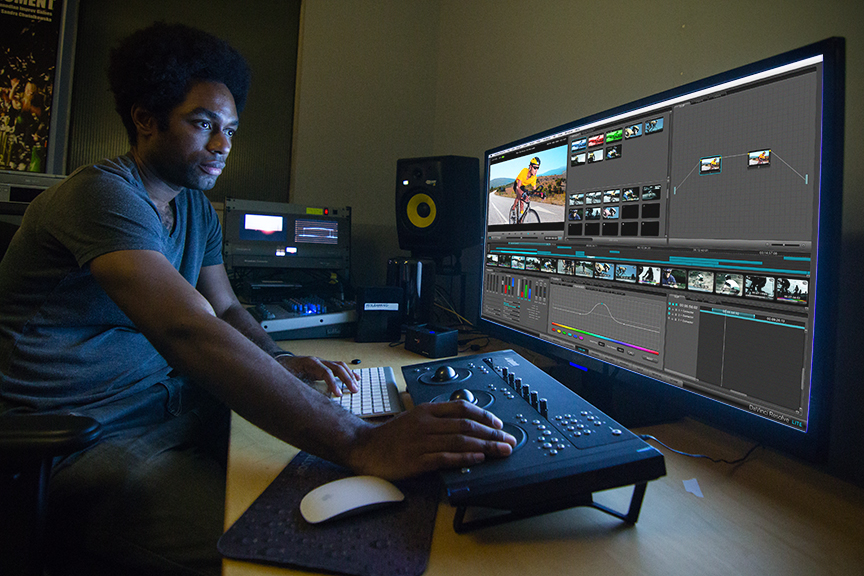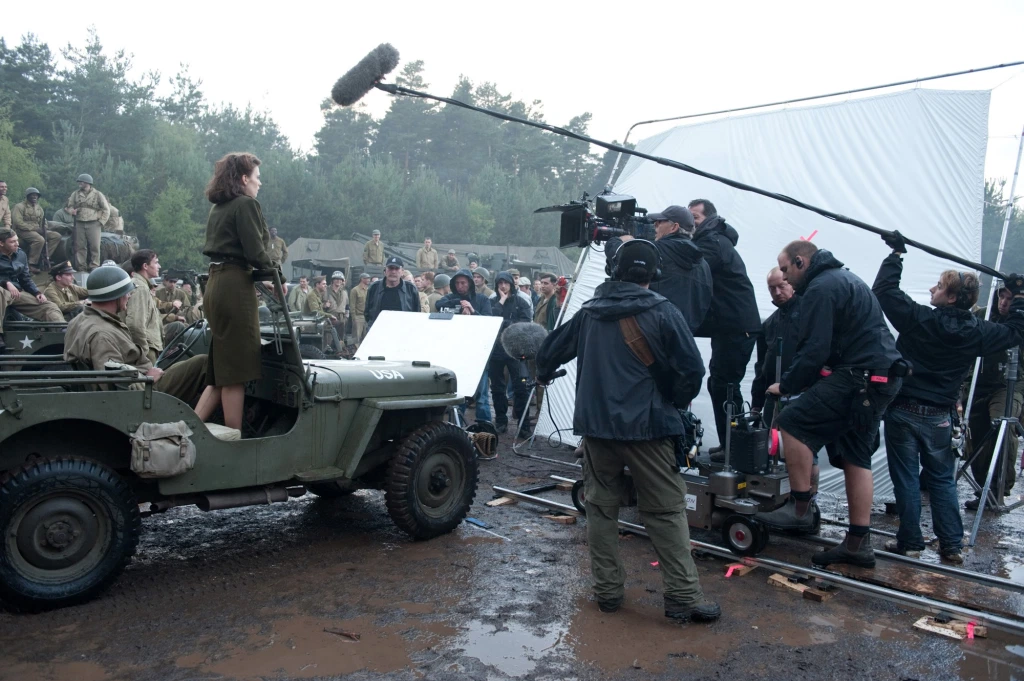
(Photo: Captain America The First Avenger/Marvel Studios)
Could there be anything less socially distant than a typical film set?
Since our last post, the virus has surged, ebbed, and is now surging again. It’s clear this is something we’re going to have to learn how to live with. But what does that mean for filmmakers?
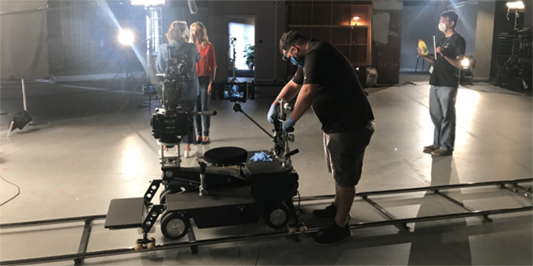
(Photo: Georgia Film Academy)
On June 12th, the State of California allowed the shooting of films to resume and most of the major film unions weighed in to create these safety guidelines. Films should test frequently, have a health and safety officer available, no more craft service tables or buffet-style meals for the crew, hours of shooting are limited because of additional requirements for disenfecting, the list goes on.
As a director and producer, I applaud these restrictions. I never want to be personally responsible for someone getting sick or worse. Film sets have always been dangerous and now they are even more so. So what can you do? We’ll leave the health recommendations to the authorities, but here are some creative solutions when filmming during a pandemic.
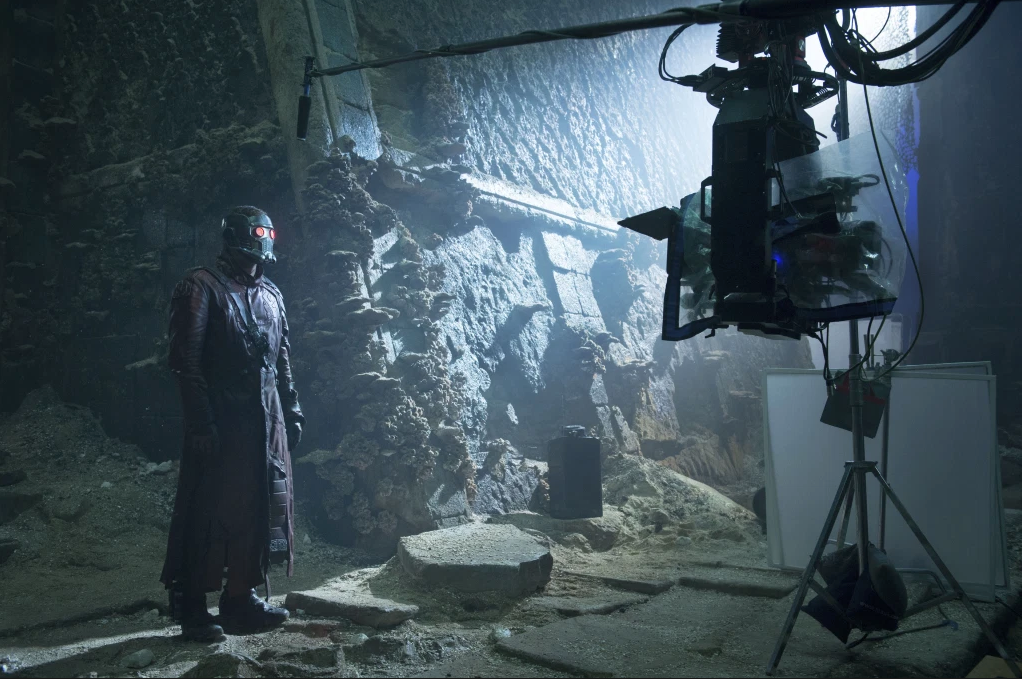
(Photo: Guardians of the Galaxy/Marvel Studios)
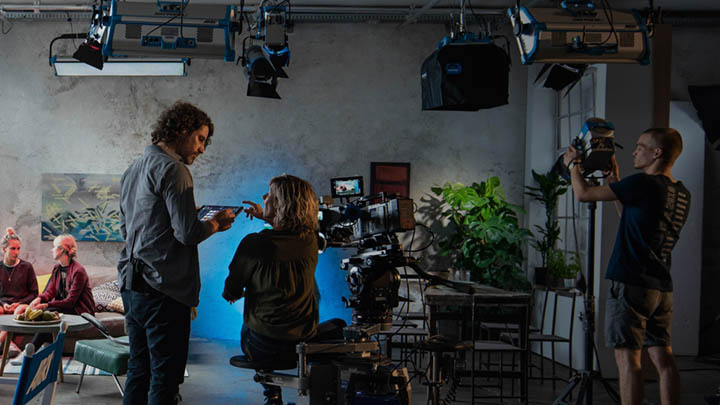
(Photo: Arriflex)
Remote Control
One of the biggest innovations in film gear of the past couple years is the greatly expanded use of remote control for cameras, rigs, and lights. And luckily, this trend was in place well in advance of the Covid-19 pandemic, so there’s a lot of cool stuff out there. It used to be that only the very high-end purveyors of film gear offered specialized software to control their cameras but now companion apps and devices are everywhere–it’s a natural next step after the popularity of filming with drones. Low and mid-range cinema cameras like the Blackmagic Micro Cinema camera and the Panasonic EVA1 (which we reviewed) can be paired with third-party remote conrollers. And don’t get us started on camera rigging–who doesn’t want the wireless mobile zoom/focus/iris control you get with the Red Rock Micro Commander? Gone are the days of two or three people huddled up around the camera just to get the shot. And it’s not just cameras. Lights can also be controlled remotely. The Orbiter by Arriflex has eight color modes and includes a controller that can be removed from the light itself and handheld at a distance. Even better, the Stellar lighting app from Arri can control a whole lighting grid. There are even (relatively) inexpensive, wireless LED tube lights that can be controlled via apps, like those from Astera.
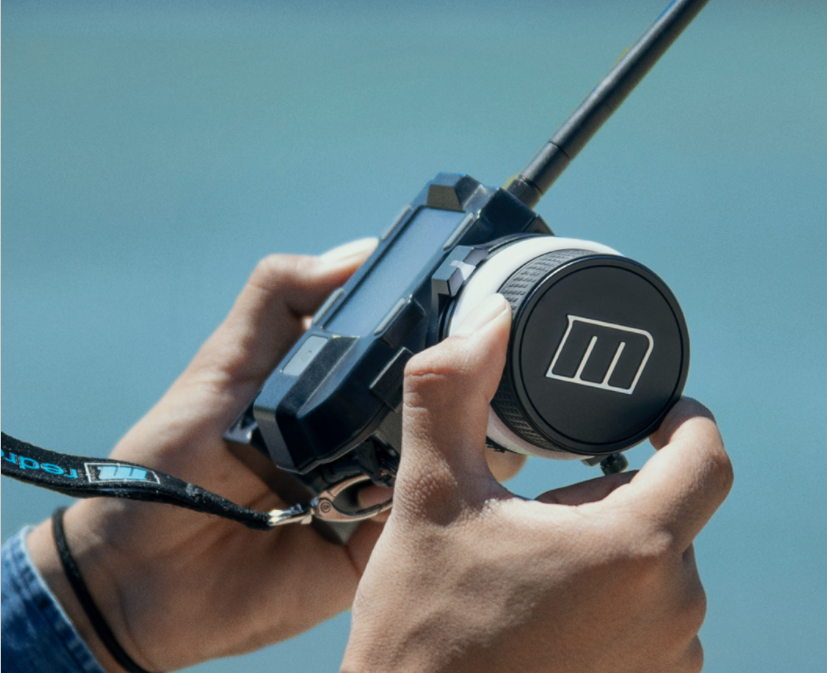

(Photo: Tatum Mangus/Annapurna Pictures)
Long Lenses
The long lens has been popular for awhile because it allows for a blurred background, a look that focuses the eye on the subject and hides any distractions behind them. But there’s another advantage to a long lens: the camera operator is far from the subject. A recent L.A. Times article explains how photo journalists stay safe while covering hospitals and other dangerous locations and several mention using long lenses. If it looks cool and is safer to boot, why not?
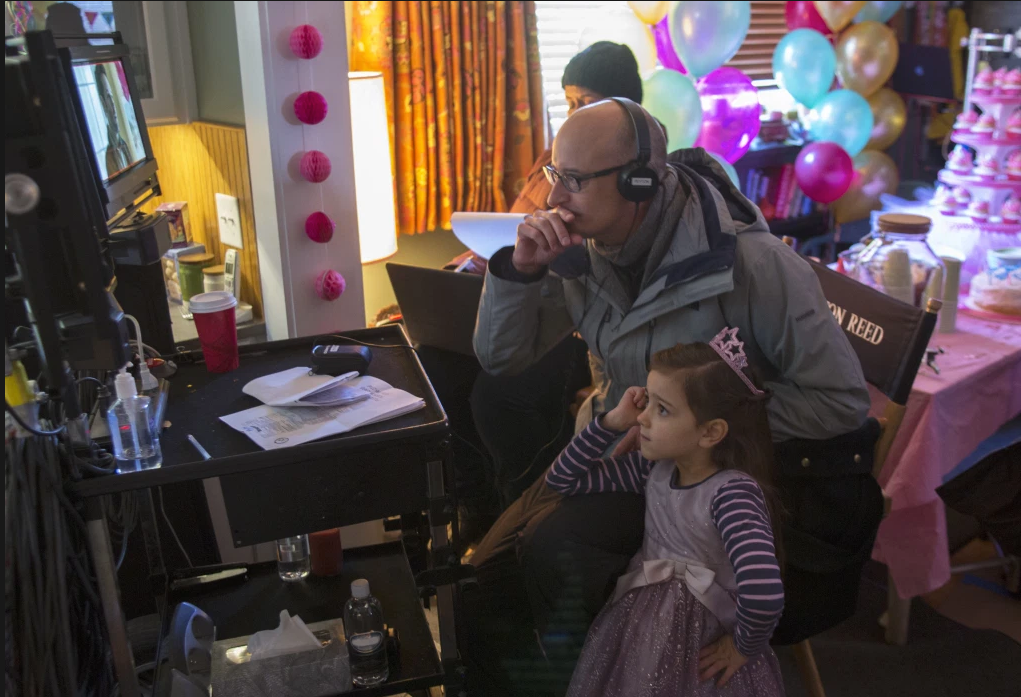
(Photo: Zade Rosenthal/Marvel Studios/Walt Disney Studios)
Remote Monitoring and Directing
Many actors and directors lament the modern tendancy for directors to stand off to the side and watch performances via a video assist monitor. But others argue that what’s on the screen is the film. Either way, it’s often the only way for the director to see what’s going on, especially if a shoot is highly technical with lots of gear in the way, which is likely the case on the set of Ant-Man in the image above. Today, with the need to stay at a safe distance, it’s a great way to direct and not get too close. And once you get used to directing from a nearby monitor, directing via Zoom is not a huge leap.
Added together, remote monitoring and directing, long lenses, and remote controls can really help create a safe shooting environment.

Shooting in Separation
Single-camera style shooting means that rather than covering a scene with multiple cameras as it unfolds, you have one camera and you shoot each part of the scene separately. This is the traditional Hollywood approach from days of yore. You get a master shot that covers the whole scene and then shoot each element of the scene in separation: a close-up or over-the-shoulder for each actor, insert shots if needed, special angles for entrances, exits, and other movement. Often, in post-production the editor will not even use the master shot, opting to build the scene out of the more specialized shots. As a rule, wide master shots can be considered less interesting and of course, less flexible–you’re locked into the the timing of everything as it happened. For many, the master shot has come to serve as an establishing shot, to give a sense of geography and beyond that, it’s a little-used safety in case something goes wrong with the other shots.
When shooting singles of each actor in separation, they face the camera. Often, the other actor stands near the camera so that the two actors can play off each other and to give a target for eyelines. Depending on the needs of the camera, they can be as far away as 10 feet or more. Skilled actors are able to deal with this very unnatural situation, just as they are able to deal with all the other unnatural things about filmmaking like shooting scenes out of order, recording dialogue after the fact, or the constant stopping, starting, and waiting that filmmaking requires.
Shooting in separation is a great way to help make a film shoot more physically distanced. Long lenses can create close-ups from a distance and help provide the popular look of a soft-focus background. There’s room to potentially position the off-camera actor somewhere in the middle, although eyelines are always an issue.
As for the master shot, if you’re only going to use the first 10 seconds, maybe you don’t need to film the whole thing. Afterall, the less time spent in proximity, the less danger. This approach requires more care in planning your shots–you can’t just rely on a second camera to pickup a matching shot with perfect eyelines.
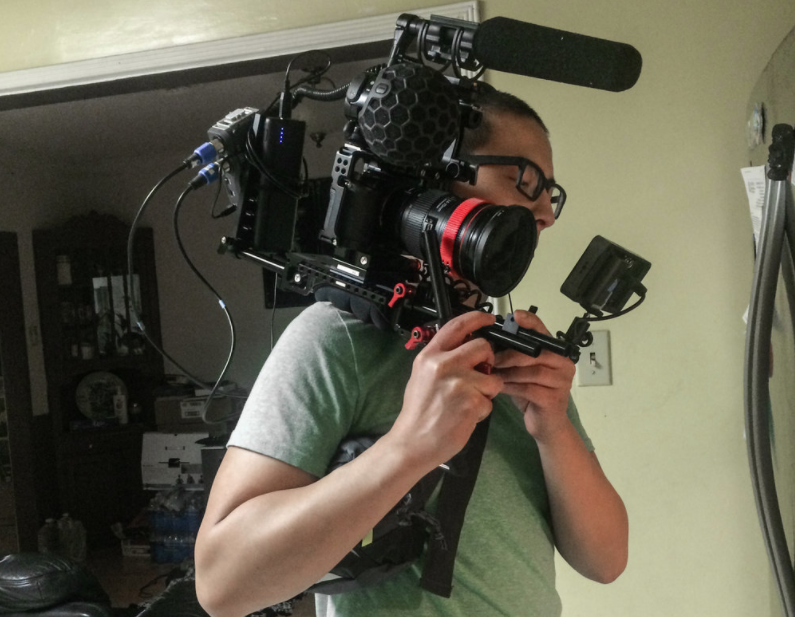
(Photo: Philip Thangsombat)
The One Man Band
Everyone knows that the crew often outnumbers the cast by a huge percentage. So how do you reduce the number of crew on a shoot? Apologies for the sexist phrasing, but there’s a certain vein of documentarian known as the one man band. This person does it all–sound, camera, lighting–and all the while they are connecting with the emotional story being told by their subjects. Needless to say this kind of multitasking isn’t for everyone and there’s a huge learning curve, not to mention a lot of shopping for gear. But there’s no reason you can’t apply this technique to a non-documentary film.
To do it all yourself, you need to get really good at splitting your attention across a bunch of things and this takes practice. You’ll need to check audio levels at the same time as you keep the camera in focus and the subject in the frame, all the while watching and listening to what they are saying and doing. This is hard. To be honest, audio is often the thing that suffers from this kind of production. Focus can suffer as well, which is why many doc shooters opt for a wide open lens in bright light with auto-focus turned on. Instead of adjusting the lens, they just move in closer to get tight shots. (To shoot this way with a long lens, as mentioned earlier, you’d need to acquire Jedi master-level camera operating skills.) Many use auto exposure as well. It’s the trade-off of a few seconds of awkwardness as the camera adjusts itself at the wrong time versus a whole shot that’s soft or over-exposed.
Even if you setup lights on stands and use wireless mics, you’re gonna have a complicated rig to wear. It may include a separate sound recording device, camera-mounted lights, headphones or earbuds, and some kind of harness to hold it all together, you know, so that you can run and gun. Literally, do everything we just mentioned while running. Documentary directors get a lot of practice because they shoot more regularly than most scripted directors. They may shoot once or twice a week for years. Oh, and usually they own their equipment, rather than renting. This is how they develop the skills to shoot this way and their rig becomes a highly-personalized work of art in its own right.

(Photo: Charles Bergmann/BET/Tyler Vision, LLC)
Fast, Like Lightning
Speed helps, both in terms of less exposure to the virus in a day of one’s life and less time spent shooting during which you have to worry about it. One way that bigger productions are getting back to work is by creating a quarantine pod with the cast and crew, kinda like your neighbors and their toddlers. Tyler Perry has embraced this method and a recent article in Deadline included this sentence: Sistas now is close to the halfway mark on its Season 2 production as Perry typically films a season of his shows in 2 1/2 weeks. That’s our emphasis. Series? 2 1/2 weeks? Typically??? As in, not due to the coronavirus? Wow. But seriously, the idea of asking cast and crew to participate in a quarantine pod is less impractical if it’s just a few weeks. And it follows that the easier it is to participate in, the less likely it is to fail. That said, the entire cast and crew had to quarantine in advance of the production for two weeks. And presumably, they would quarantine again afterwards before returning to their families. Tyler Perry also has a whole plan that he wrote up for safe shooting during pandemic. It’s actually something he put in place over a month ago and that’s an example more companies should pay attention to.
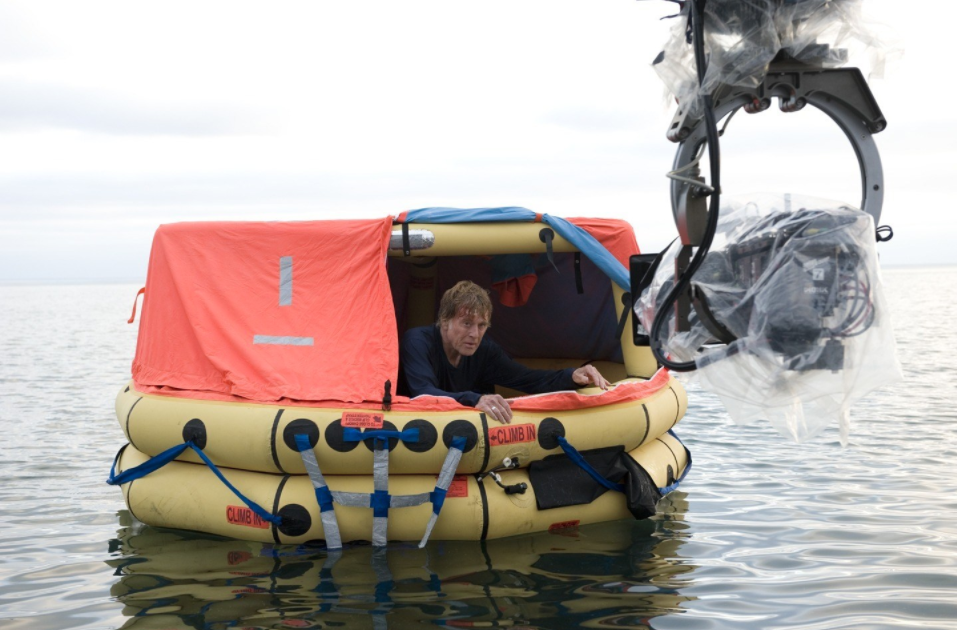
Three Characters Walk Out of a Diner?
For years, the goal of many indie filmmakers was a film with “three characters, set in a diner.” In other words, one location with a tiny cast and crew. It’s a classic indie formula because it’s cheap and manageable. It’s also the kind of film that’s easier to make safely right now because stories with smaller casts have scenes with a smaller number of people involved. That means less elaborate effects, lighting, and camera rigging because the crew counts too.
In other words, safety is a story problem. The safest story would take place outside with one actor in natural lighting with a skeleton crew, like All is Lost starring Robert Redford and no one else. Take it inside, expand the cast, shoot at night, add a dolly shot–all of these things adds people to your set and the risk exponeniates. Despite all appearances, it’s not the best time to make a film about a horde of zombies. Or aliens. Or any other mob played by humans. The fact is that right now is a pretty terrible time to be shooting anything.
So Don’t Shoot
Many directors feel like they never have time to write, but maybe the best use of this enforced break is to spend some time writing a film with a story that doesn’t require so much work (and workers) on the set. For that type of streamlined filmmaking to succeed, it requires a brilliant script, great acting, and creative directing so that it doesn’t look like a stage play. The more time you spend crafting your story and working on pre-production planning with storyboards, shot lists, and camera diagrams, the better prepared you’ll be to make a great film when the time is right to get back on the set again.
